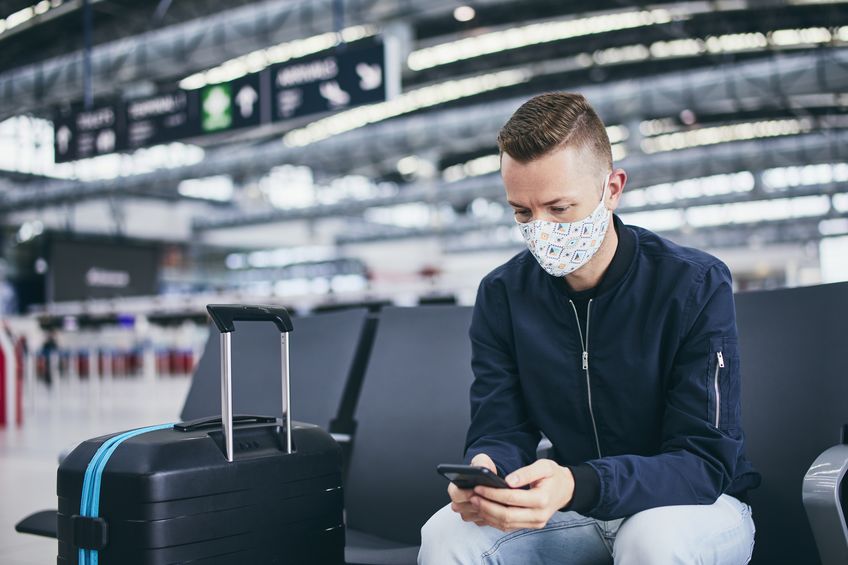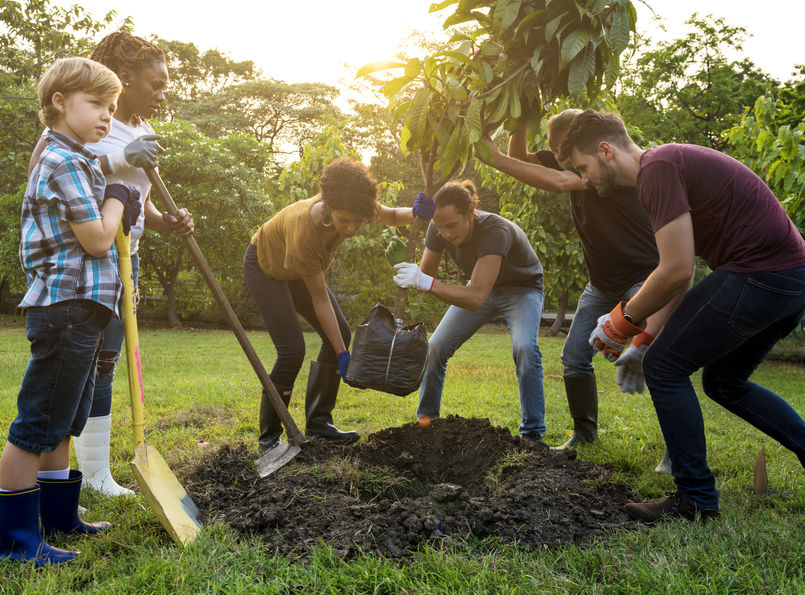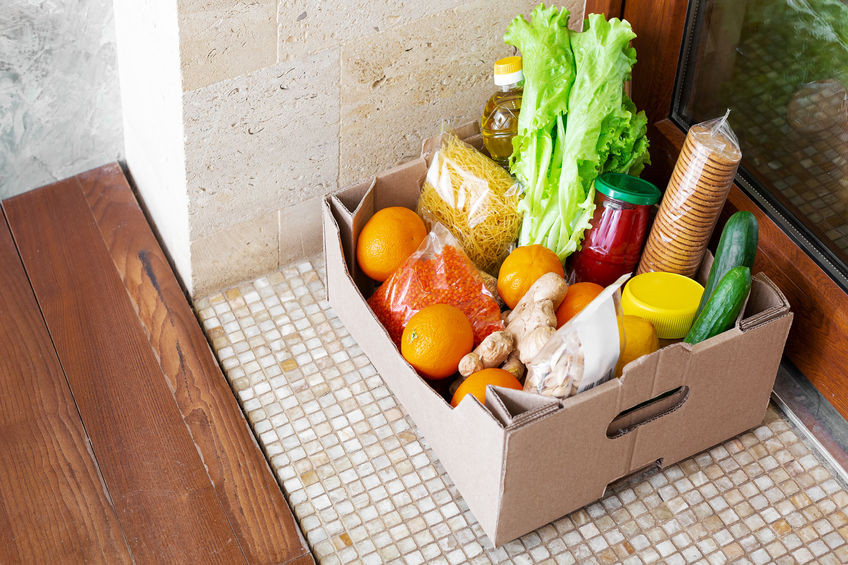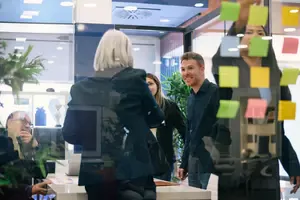Airport Etiquette During and
After a Pandemic

On a recent trip this month, I was struck by how empty the airports were. Admittedly, that was anxiety-reducing. And in the time of the pandemic, reducing anxiety becomes a priority.
However, uncrowded airports are not always the case and relaxing mask-wearing and social distancing can be more dangerous before you even get on the plane. Many things have changed over the past year as we’ve dealt with the pandemic the best we can, and airline travel is no exception.
Our main priority when leaving our homes is to feel – and be – safe as we go about our business. We each have our own rules, boundaries, and comfort levels when it comes to safety. This is why employing airport etiquette guidelines can be so helpful when traveling.
Your Personal Responsibility Toolkit
If the COVID-19 pandemic has taught us anything, it is that we are each responsible for ensuring that we are not spreading illness to other people. Practicing and encouraging the basic etiquette rule of showing kindness and respect to others can save many lives although, sadly, so many have already been lost to this disease.
When you employ your Personal Responsibility Toolkit while traveling, you help ensure your safety, the safety of those around you, and polite, effective communication. What is a Personal Responsibility Toolkit as it relates to airport etiquette?
- You show kindness and respect to everyone you encounter. A smile (even if it’s just with your eyes), a nod, saying “Please” and “Thank you” are all ways to share a little positivity.
- You understand that more people = more patience required. Whether or not you are flying during a pandemic, there are always lines and processes and procedures for moving people through those lines. Arriving early and using patience are the best methods for dealing with this issue.
- You are willing to follow the rules and guidelines of the airport and airline. It is always a good idea to research online or call the airport to learn the specific protocols you will encounter and what type of service you might expect.
- You know that by protecting yourself, you are protecting others. When you wear a mask, keep as much physical distance from others as you can, and wash your hands as often as possible, you automatically minimize the spread of any virus.
- You reduce your touchpoints. It may take some practice before you travel, but keeping your fingers and hands away from your face and avoiding contact with surfaces that are frequently touched, such as railings, can also minimize the spread of viruses.
While you can never guarantee how other people will behave, when you take it upon yourself to be responsible for your words and actions, any interactions you have will typically be drama-free.
Airport Etiquette Tips
Putting safety first and practicing personal responsibility are a great beginning point when traveling by plane. Airport etiquette tips you might consider are:
- When booking your flight, ask about the airline’s cleaning protocols and if they offer online or contact-free check-in options. Preparation is always key!
- Get tested for COVID-19 before and after you travel. This will help you feel safer and adds to your Personal Responsibility Toolkit.
- Don’t just have a mask on your person, wear it appropriately. You only receive and provide the most protection from your mask when it covers both your mouth and nose.
- If you sneeze or cough into your mask, also consider raising your inner elbow to further mitigate.
- Another way to decrease touchpoints is to avoid opening overhead compartments during your flight. Have a list in mind and retrieve any items you may need at your seat before you board the plane.
- If you have to leave your seat, avoid touching others or their seats. Standing and moving aside when a person in a window seat needs to get up is correct.
- Before the pandemic, striking up a conversation with a nearby passenger could be fun. These days, you will be considered polite if you do not do this. Talking with masks is a strain on the throat. Kind glances and a nod of the head can communicate many good things.
Though you will be asked to wear a mask throughout your flight, research shows that the ventilation systems in airplanes reduce the spread of airborne germs and viruses so we can keep a level of comfort when flying. However, this does not reduce the importance of using caution and following airport etiquette guidelines before, during, and after your flight.
New habits are hard to put in place when you’ve been doing things a certain way for a while. But for your safety and the safety of fellow travelers, using your Personal Responsibility Toolkit as well as airport etiquette will help you do your best. And this is all we can ask of each other.














